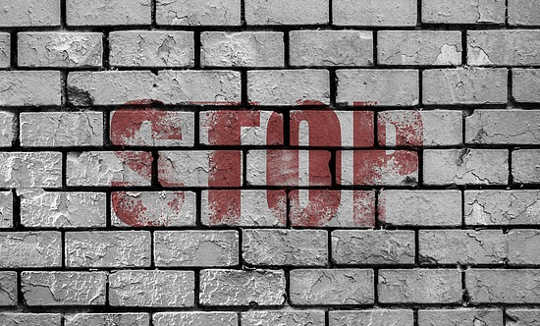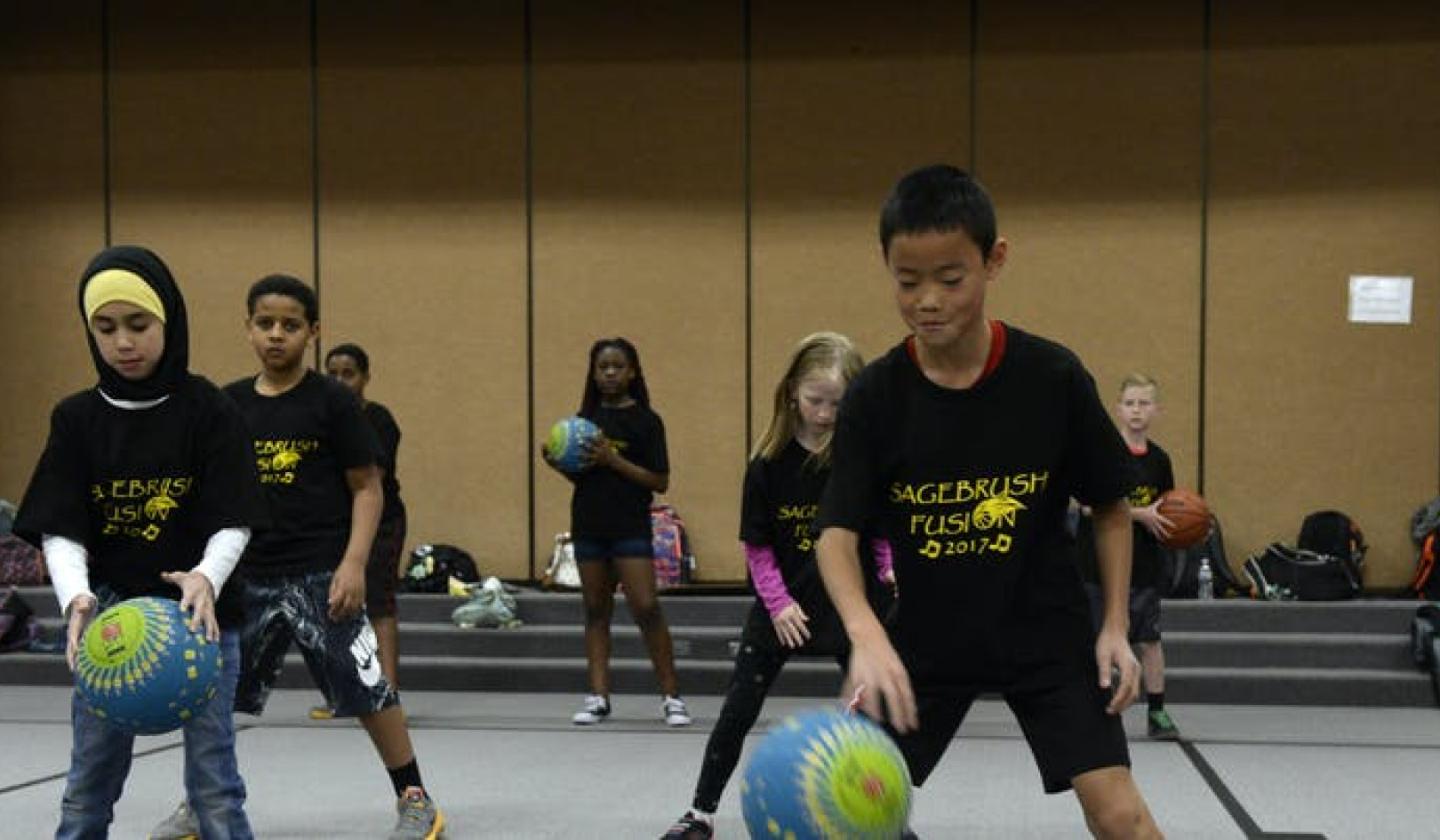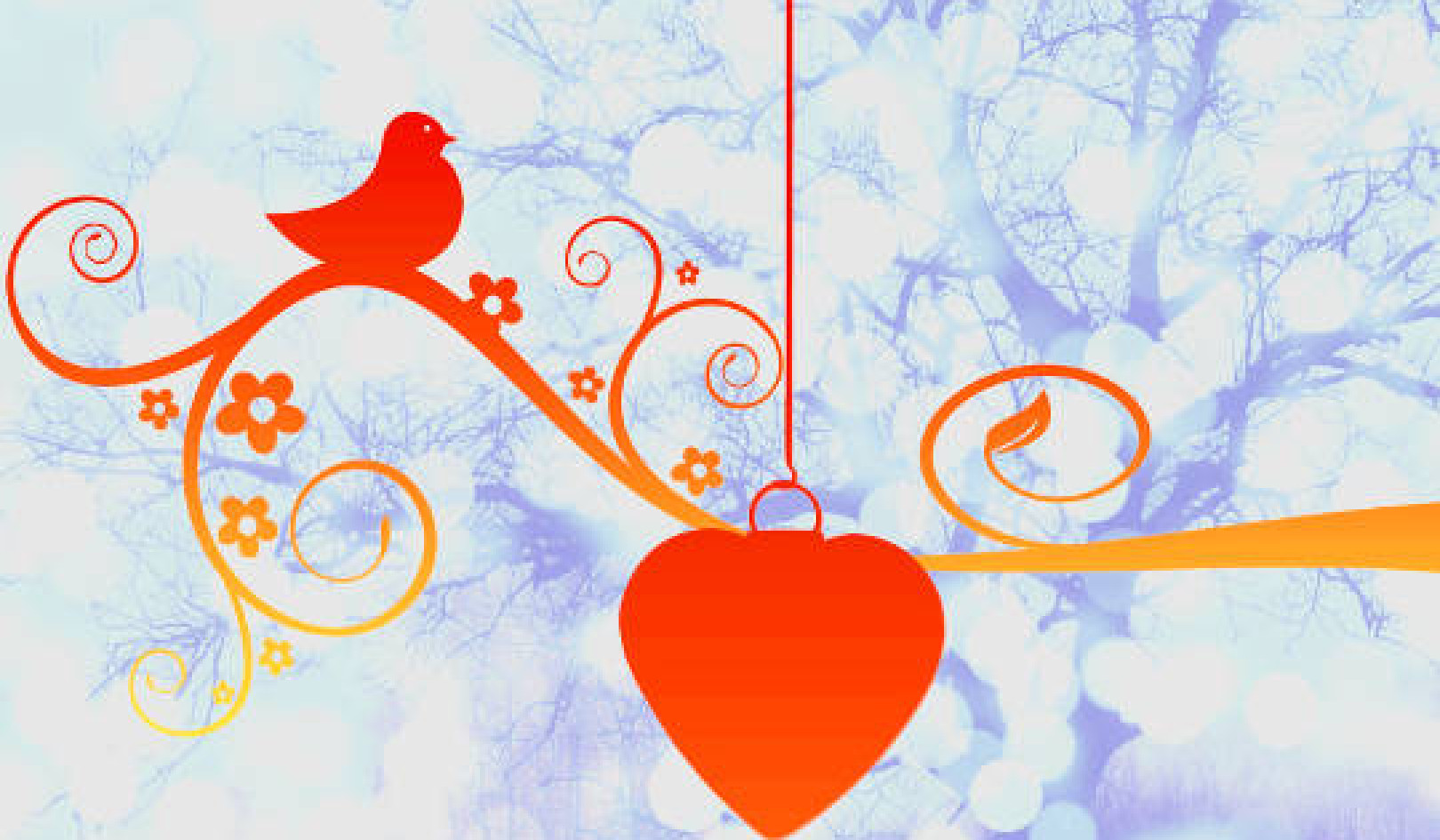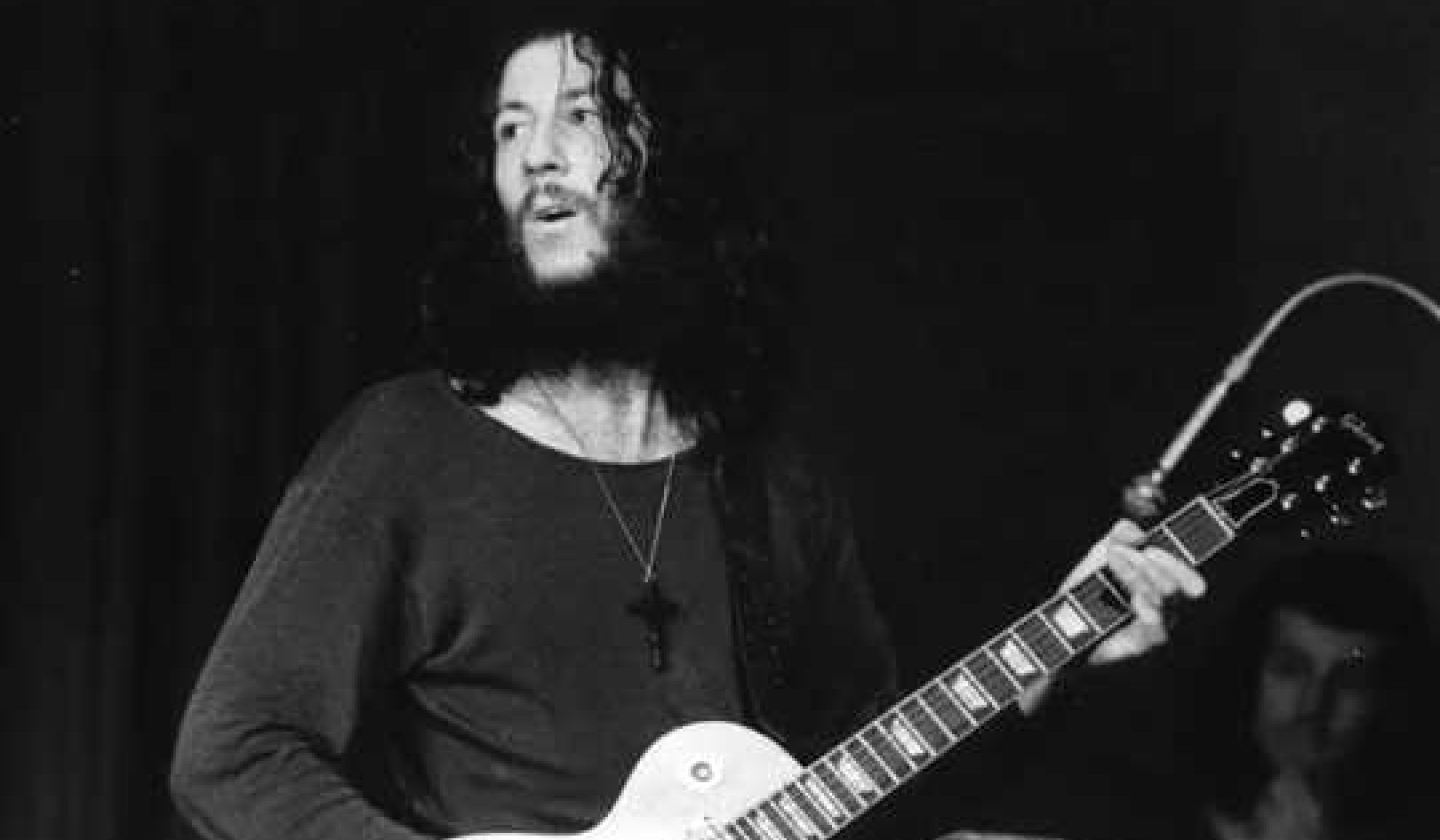
When I was working with K., who had a hip problem (and lots of other minor things), I noticed a relationship between the stiffness in her right ankle and the pain in her left hip. I thought she either wasn’t using the right foot much, and so overusing her left side, or else leaning on the right leg too much for some reason and so causing some compensation on the left side.
As I began to manipulate the right ankle, it became clear to me (and to her) that there was some pain there, particularly on flexion. It felt like an old injury.
Usually ankle pain like this is an old sprain—lots of children twist their ankles in their exuberant running—the kind you’ve had for years and never really heal from, but that you learn to live with through the process of compensation. So the ankle pain was undoubtedly relevant to the hip pain. I asked her about it.
“How did you injure this ankle?”
At first she wasn’t sure. Then, as I continued to work gently into the ankle, she started crying quite hysterically. Obviously, something important was going on. “How did you injure this ankle?” I asked her again.
“Well, I remember now when it was,” she said. “It was a beautiful summer day, I was at my cousins’ house, and I was playing with my cousins outside. I was really happy that day. I twisted my ankle; it didn’t hurt that much. I was busy playing, so I didn’t really notice it till the next day.”
“And then what?” I asked, expecting the mystery to be cleared up.
“Well, my aunt bandaged it up; it was okay. I was sad I couldn’t run for a while, but no big thing.”
“Why am I so upset?”
K. asked me, “Why am I so upset?”
I didn’t have any idea. Then I thought of something and asked her more about that time, the happy summer when she injured herself. I knew she’d had a problematic childhood, so I figured that something about the injury might be repressed.
But I was wrong. The day of the injury seemed to be without incident, just joyful childhood play. She liked her cousins—nothing there. She went on talking about that summer, a nice time away from an abusive father.
A Memory Surfaced
Then a memory surfaced, and it had nothing to do with the injury. That summer, her uncle, her cousins’ father, had sexually abused her. Terrible memories and feelings coursed through her. She was crying uncontrollably.
I continued working the ankle, assuming that there must be a connection I didn’t understand, since the tissues of the injured ankle seemed to release a memory that was not directly connected to the injury. She was distracted by her emotional release, which allowed me to work the ankle in a way that it needed but would have been quite painful for her otherwise.
I noticed, in fact, how the ankle was regaining full mobility rather easily, and as the hardened tissues released, her emotional catharsis calmed. The ankle and the abuse were related. It didn’t really matter how. Her ankle was better, and she also felt hugely relieved of a painful memory.
Her hip was a little better too. But I was puzzled. I thought about it later, wondering how some puzzling thing had happened around an injury where the tissues seemed to hold memories that weren’t connected to the injury but had occurred—that was it!—at the same time!
Connected Memories
I got it. Injury and any trauma that occur more or less simultaneously are connected by the illogical lower brain. For example, a baby doesn’t know, or reason, that the pain of a bitten lip isn’t caused by the adult who is holding her bottle, but is coincidental to it. Her young, magical, mythic mind, the dreaming part of the mind, makes relationships and patterns where none may actually exist—simply because that is what the right brain does: It makes relationships, whatever the price. The brain delights in patterns as much as it can, and art, dreams, and imagination result from this unconscious tendency.
Therefore, other incidents that occur around the time or place of the injury have the same feeling as the injury itself. Unpleasant and traumatic events are connected in the muscle’s memory and will be released, a Pandora’s box, when the pain of the original injury is worked through the body. That is also why K.’s fun summer was not encoded in her ankle, since it lacked the feeling quality of the injury. Only the abuse contained the elements of shock and pain that allowed the brain to connect these two damaging events.
This is where I believe bodywork exceeds the possibilities of psychotherapy. K.’s contacting her abuse without also releasing the pent-up energy of the ankle pain would not have been a complete release of the entire experience. And she did find that somehow her feelings about her uncle, his abuse, and the whole complicated mishmash of loyalty and hurt had lost their sting as the ankle healed.
The Legacy of Injuries
Think back in your life to the injuries you have had that still maintain some trace in your body, that are not 100 percent gone. See if you can remember, not just the circumstances of the injury, but anything upsetting or traumatic that happened at that time in your life.
It’s the element of emotional trauma, especially feelings of betrayal, that seem to get stuck in the tissues—maybe an injury feels like a betrayal of our body’s integrity as much as an emotional loss of trust. Of course, you may find your brain comes up with quite different patterns; be open to whatever comes up. There are no simple answers to this one, and I rely on my clients to inform me about their particular tissue memories.
Chronic pains not caused by injury seem to connect less to other events in life. Perhaps the element of trauma is necessary for this phenomenon to occur. What it might mean for you is that the general atmosphere and events surrounding a persistent, unhealed injury may be part of what needs to be contacted before the injury—both psychological and physiological—can heal.
Here’s an example from my own life. After I had Lasik surgery and was much less nearsighted, I got so entranced with my 20/20 vision that I didn’t look where I was going, preferring to try to look into the distance, into people’s windows, and so on. This new habit resulted in two very atypical accidents, one where a delivery bike ran into me and smashed my left hand and knee, and the other where I caught my sneaker laces in a grating and fell on my face. “Atypical” because all my other injuries have been head and neck injuries—I’m not normally prone to falls.
At the same time, I was going through relationship difficulties that I was not “looking at,” and they too “tripped me up.” The feeling of pain and betrayal and the determination to go on anyway color the injuries and are not fully resolved in my being.
As I write about it, I see that one main feature of this time in my life was a kind of stoical persistence, which is a character trait that I find quite useful and probably hold on to because of this. So more than just the relationship pain, but also my defenses against it, are encoded in the tissue of my knee and hand.
Injury Repetition
Injuries also have a tendency to repeat themselves. As I mentioned, I have mostly injured the same parts of my body, my head and neck, over and over, although the accidents were not caused by me. Most were car accidents—and no, I wasn’t driving. One was a fall from a horse. One was a physical assault. All resulted in the same damage.
Most people have this experience—always injuring one side perhaps. There’s no logical reason for this if you accept the premise that an accident inflicted by an outside source is necessarily random. The source is not “your fault,” of course. Your response to it, although instantaneous, is patterned on the kyo/jitsu model in an interesting way.
An injury creates a kyo—a weakness. Kyo is a vacuum, an absence. Physical objects will tend to be attracted to a negative space, a vacuum—nature abhors a vacuum and wants to fill it. It’s as though the incompletely healed injury created an energetic vacuum.
The impact of a random accident will go to the part of your body that is energetically most kyo—least protected. Unfortunately we injure ourselves in our vulnerable spots, in all senses and all ways. Kyo must be filled to prevent this; that is, the need for healing and strength in the injured area must be addressed.
Often, just making the muscles strong in and around the injured area is enough to start the healing process. That should always be the starting place.
If that does not correct the problem, the emotional aspect of the injury (and all the related memories held in the tissues) needs to be addressed. Actually, there isn’t a need to do much about the content of the memories and feelings, just feeling and re-experiencing them in a safe environment is usually enough.
Letting the feelings run through the tissues and experiencing them somatically rather than physically is the key to fixing the “energetic gap,” the propensity to reinjure the body. That isn’t to say that the needs of the rest of the being, the emotional and spiritual self, are necessarily entirely filled this way. There may be more emotional processing needed.
Injuries Don’t Heal
We need to understand that injuries don’t heal. They may stop hurting, but the tissue memories and the compensation remain and actually worsen as the compensations create other compensations. The body’s intelligence will bring us back to functioning and keep us vertical—but it will not heal us (make us whole).
Injuries that happened years ago, that we haven’t even thought about, pains we’ve completely forgotten still exist in the body, shadow us.
Eventually, we end up with so many cross-linkings of patterns of compensation, all interconnecting and sometimes triggering old feelings and memories, that we become weighed down by all this stuff. Bodywork can be a clearing out of the debris.
©2018 by Tara Lewis. All Rights Reserved.
Reprinted with permission of the publisher,
Healing Arts Press. www.InnerTraditions.com
Article Source
The Thompson Method of Bodywork: Structural Alignment, Core Strength, and Emotional Release
by Cathy Thompson and Tara Thompson Lewis
 Developed by Cathy Thompson through her many years as a bodywork therapist, the Thompson Method incorporates Zen shiatsu, Rolfing, yoga, and Gestalt psychotherapy to heal pain in the physical body both through bodywork and by recognizing the emotional blockages that often underlie chronic pain, tension, and poor alignment. In this practical manual, Thompson and her protégé-daughter Tara Thompson Lewis provide a deep understanding of body mechanics and how to work with emotions through the body. They explore how to listen to the body’s signals to discover our physical and emotional blindspots--the weaknesses and misalignments at the root of our discomfort--and explain how transformation of your physical structure can correct imbalances in the unconscious mind caused by repressed memories and emotional traumas.
Developed by Cathy Thompson through her many years as a bodywork therapist, the Thompson Method incorporates Zen shiatsu, Rolfing, yoga, and Gestalt psychotherapy to heal pain in the physical body both through bodywork and by recognizing the emotional blockages that often underlie chronic pain, tension, and poor alignment. In this practical manual, Thompson and her protégé-daughter Tara Thompson Lewis provide a deep understanding of body mechanics and how to work with emotions through the body. They explore how to listen to the body’s signals to discover our physical and emotional blindspots--the weaknesses and misalignments at the root of our discomfort--and explain how transformation of your physical structure can correct imbalances in the unconscious mind caused by repressed memories and emotional traumas.
Click here for more info and/or to order this paperback book (or the Kindle edition)
About the Authors
 Cathy Thompson (1957-2008) was an innovative bodywork practitioner with a private practice in Manhattan for 30 years. She worked with many famous singers, actors, athletes, and dancers. She studied Ohashiatsu at the Ohashi Institute and Gestalt psychotherapy at the Gestalt Institute of New York. She also taught workshops and trained students in the Thompson Method.
Cathy Thompson (1957-2008) was an innovative bodywork practitioner with a private practice in Manhattan for 30 years. She worked with many famous singers, actors, athletes, and dancers. She studied Ohashiatsu at the Ohashi Institute and Gestalt psychotherapy at the Gestalt Institute of New York. She also taught workshops and trained students in the Thompson Method.
 Tara Thompson Lewis studied the Thompson Method intensively with her mother and was a Brooke Scholar at Oxford University before taking over her mother’s private bodywork practice.
Tara Thompson Lewis studied the Thompson Method intensively with her mother and was a Brooke Scholar at Oxford University before taking over her mother’s private bodywork practice.
Related Books
at InnerSelf Market and Amazon


























